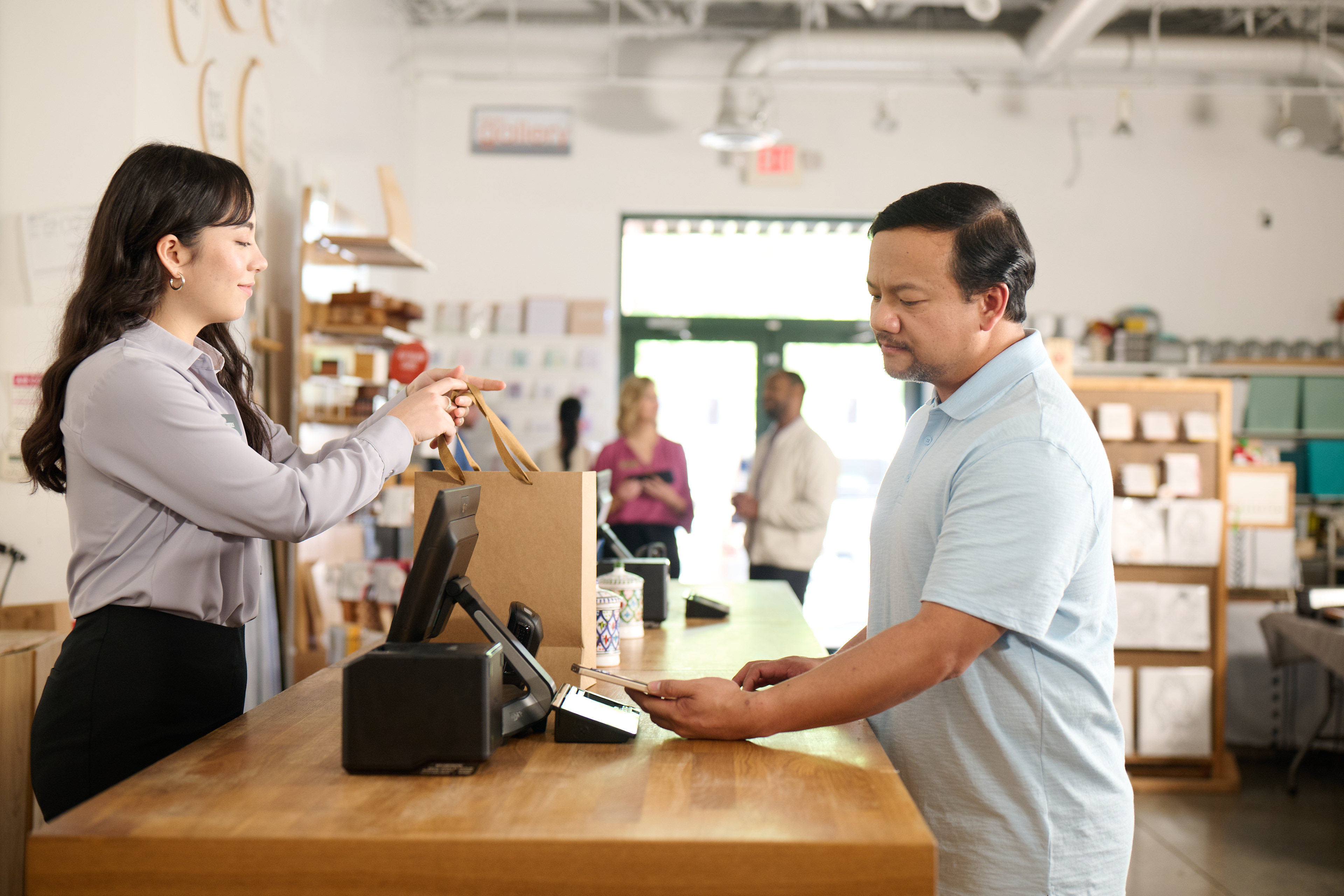Driving store transformation through experience-driven retail
Today’s changes to the retail environment go beyond simply adopting new technologies—it’s about reimagining the very role of the store. The store of the future is no longer just a place to buy goods; it has become a dynamic environment for discovery, engagement and connection. Brick and mortar stores serve as fulfillment centers, brand showcases and customer service hubs all at once.

Today’s changes to the retail environment go beyond simply adopting new technologies—the industry as a whole is reimagining the very role of the store. The store of the future is no longer just a place to buy goods; it has become a dynamic environment for discovery, engagement and connection. Brick and mortar stores serve as fulfillment centers, brand showcases and customer service hubs all at once.
With more options than ever, shoppers show clear favoritism for stores that offer seamless experiences and personalized services, likely because these practices create a sense of connection with the brands they choose. At the heart of this evolution lies store transformation: the reinvention of physical retail spaces through a focus on integrating digital innovation and enhancing customer experiences.
Defining store transformation
Store transformation refers to the continuous evolution of retail environments to better serve the modern consumer. Practically, businesses that seek to transform their stores invest in innovative solutions and advanced technology, as well as creating connected shopping experiences that span digital and physical touchpoints.
Because the same customer may interact with a store over multiple touchpoints—including app, online and in-store experiences—the physical store is no longer the primary point of engagement. Instead, digital transformation allows the store to become a dynamic hub that adapts to shopper needs in real time, while also serving as a platform for brand engagement and connecting seamlessly with digital channels.
Shifting toward experience-driven retail
At the core of store transformation is a shift toward experience-driven retail. In today’s competitive marketplace, it’s not enough to sell a good product. Instead, retailers must support their operations by offering meaningful and intuitive customer experiences.
Personalization has become an essential part of modern shopping experiences. Retailers can use emerging tools including advanced data analytics supported by artificial intelligence (AI) to tailor shopping experiences to individual preferences. They can use data to offer product recommendations, customized promotions and personalized services, as well as to maintain a consistent experience across channels.
Immersive technology such as interactive displays and augmented reality create environments that captivate customers and encourage exploration. These features elevate shopping beyond a simple transaction, creating a holistic customer experience.
Prioritizing flexibility in a changing marketplace
Agility is no longer optional; the pace at which retailers innovate must match or even exceed the speed at which consumers’ needs change. Flexibility is a key pillar of transformation, enabling retailers to pivot quickly in response to evolving customer needs and market trends, and to implement technological advancements as they become available with minimal lead time.
Whether it’s adjusting inventory strategies, redesigning store layouts or adopting new service models (like curbside pickup or contactless payments), transformed stores are built around the idea that change is constant and inevitable.
Unifying retail experiences with one powerful platform
A unified commerce platform is essential for a truly connected retail environment. By integrating the full ecosystem of a store’s technologies and systems, a commerce platform enhances both the customer experience and operational efficiency.
In the past, retailers had multiple store solutions for functions like POS, CRM data, inventory management, staff scheduling and more; now, a connected platform integrates all of those systems. This consolidation is essential for retailers who want to offer consistent service across every touchpoint, from e-commerce to brick-and-mortar. Leveraging data and analytics allows retailers to understand customer behavior, track inventory and optimize staffing. As a result, they can make decisions that improve both service and profitability.
Understanding the key elements of store transformation
Several foundational elements support the shift toward modern, customer-centric stores:
- Technological integration: From AI and machine learning to IoT and robotics, modern stores are increasingly tech-enabled. These tools support everything from intelligent shelf stocking to predictive analytics and real-time customer service enhancements.
- Inclusive customer experiences: Inclusivity and accessibility are more important than ever. Retailers must design spaces and services that reflect the diversity of their customers, ensuring that all individuals feel welcomed and accommodated.
- Operational efficiency: Automation and smart technologies streamline operations, reducing costs and minimizing errors. Whether it’s using AI to optimize supply chains or deploying digital tools for real-time inventory updates, integrated technology enables better service at lower cost.
- Security and safety: Retailers are also enhancing in-store safety and loss prevention through advanced surveillance systems, AI-driven threat detection and smart interventions that protect both customers and staff.
Embracing transformation and the store of the future
Store transformation is not a futuristic vision. It’s happening right now, all around us. Retailers that embrace this shift will be better positioned to meet customer expectations and remain competitive in a fast-changing marketplace. By focusing on experience, flexibility and connectedness, as well as grounding their strategies in operational excellence, modern stores can truly become the store of the future, today.
The question for retailers is no longer whether to transform, but how fast they can adapt to thrive in this new retail era. To learn more about how your business can anticipate the future of retail, schedule a demo with us.


